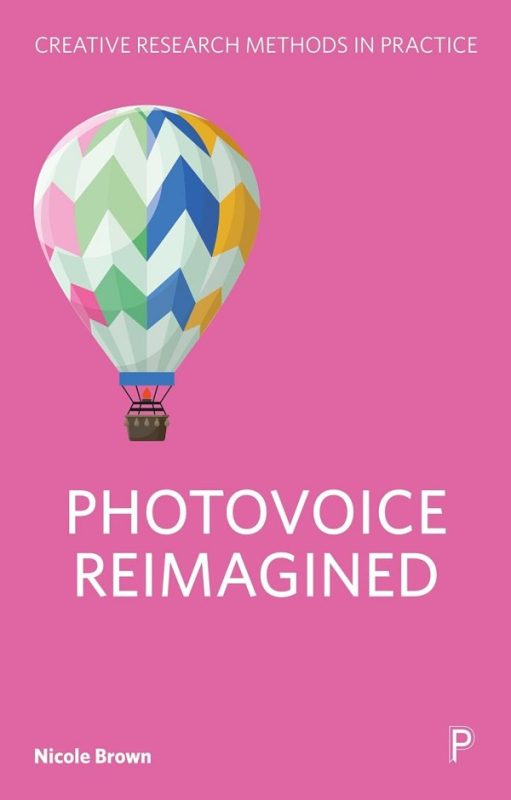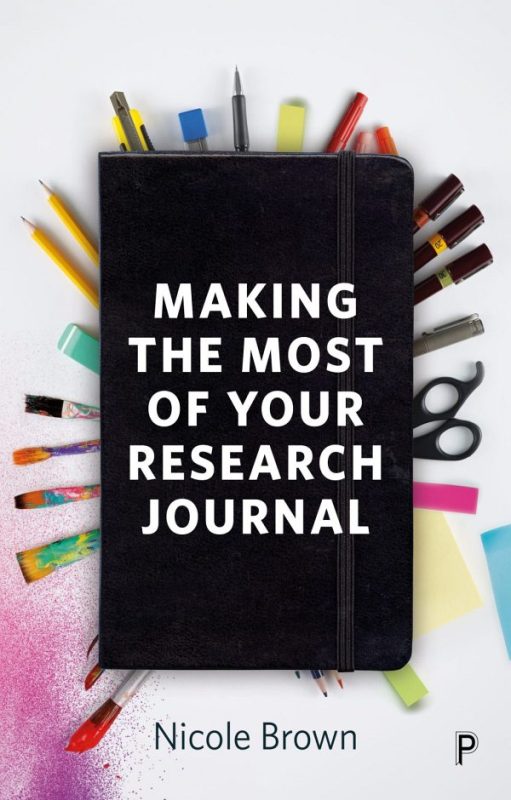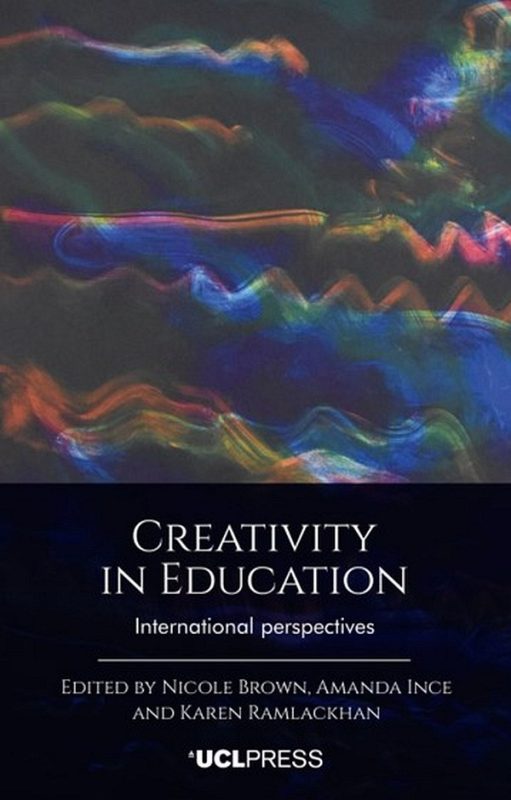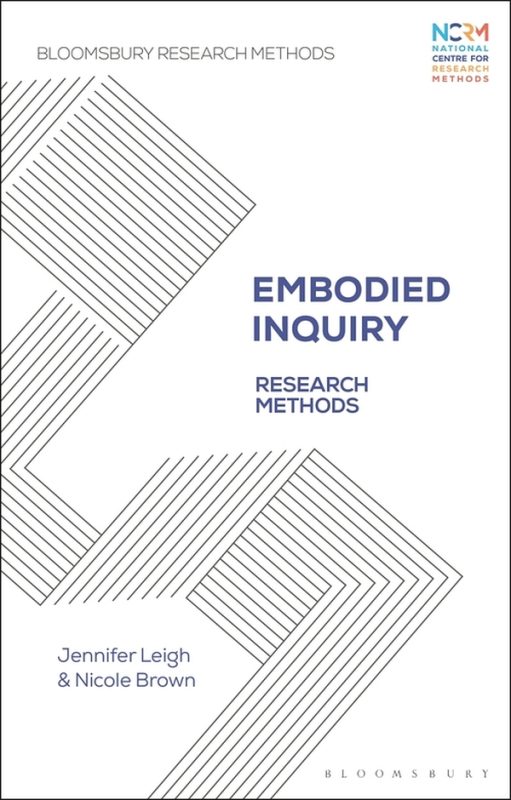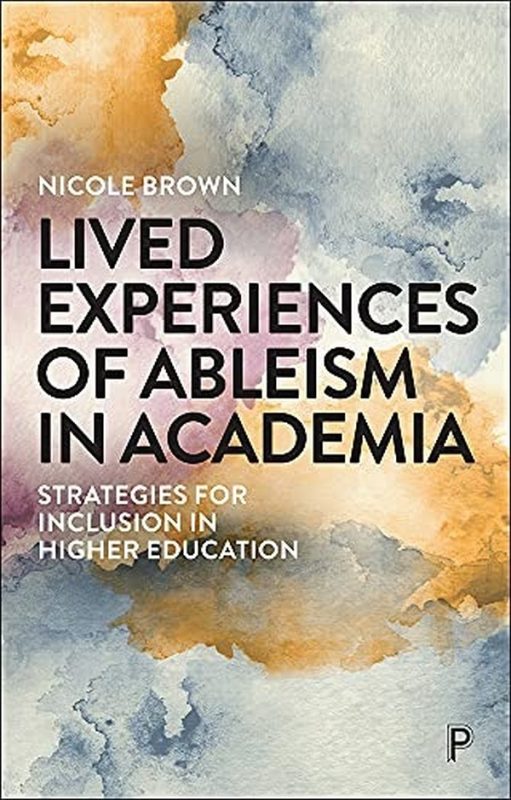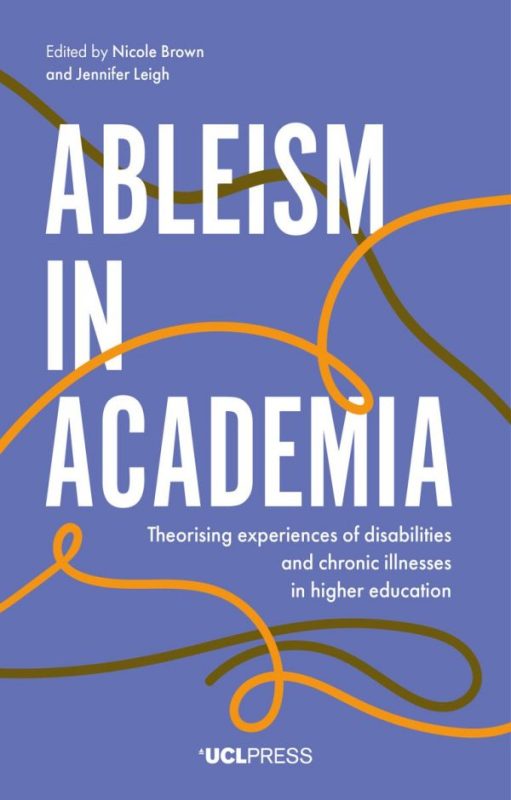
Assessments: Letting students decide on their assessments
This is a link to a video for UCL Digital Assessment that explains how in my module we are letting students decide on how they want to be assessed.
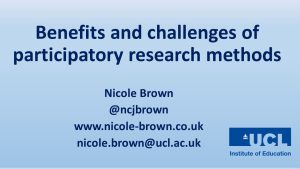
The benefits and challenges of participatory research methods
This video about the benefits and challenges of participatory research builds on my original work presented at the PASAR conference in 2017.
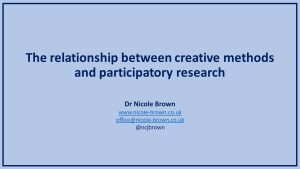
The relationship between creative and participatory approaches to research
This is a presentation based on my article Scope and Continuum of Participatory Research. This video was recorded for the MPE/MeCCSA Practice Network Symposium 2021.
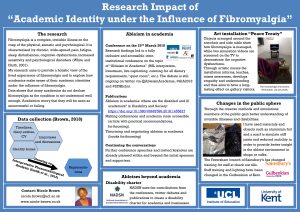
Research impact poster
This is an example of a prize-winning research impact poster.

NADSN Position Paper
The National Association of Disabled Staff Networks (NADSN) has produced a COVID-19 post-lockdown position paper. In this paper, NADSN’s observations about the lived experiences of disabled people during COVID-19 are discussed alongside considerations of the changing workplace and relevant policies and practices. The paper concludes with a series of recommendations concerning disabled staff.
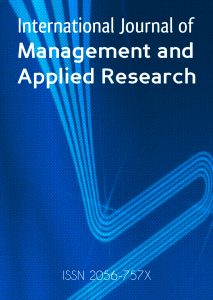
Article: Using LEGO® to understand emotion work
This paper presents how LEGO® can be used in workshops to explore doctoral students’ emotions around the complex and solitary experience of a PhD research.
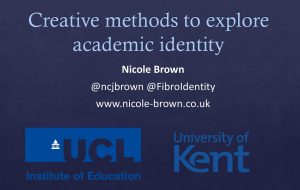
Presentation from CSHE Research Festival
This is my contribution to the CSHE Research Festival 2017, which was held in October 2017 at the University of Kent.
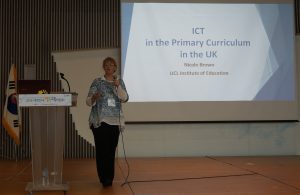
Presentation from the KSSEE conference
The KSSEE (Korean Society for the Study of Elementary Education) had invited me to Seoul, South Korea, to give a talk about ICT in the Primary Curriculum in the UK.
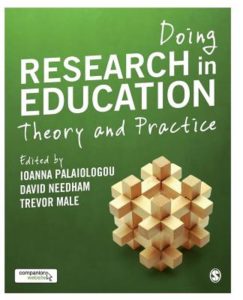
Book review: Doing research in education – Theory and practice
This review is about the book "Doing research in education". A fabulous resource and introduction to doing research in education.
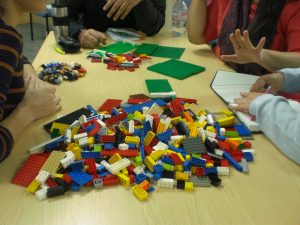
Using creative methods to reflect
Producing reflections can be a creative process if we allow for more creative methods, such as Lego models.
Teaching empathy in dance classes
A report about teaching empathy in dance classes
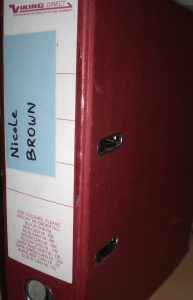
Professional development portfolios
Many teacher training sessions and professional development courses nowadays link to or culminate in the compilation of portfolios. Portfolios are evidences and resources that are gathered and annotated systematically to provide an overview of the teachers' achievements, career events and areas for development. The process of gathering information for the portfolios is an opportunity to take a step back from everyday work to reposition yourself and reconsider your values, your development and your learning. Here is some help for developing portfolios.
How to make writing more academic
In tutorials students often tell me that they are not confident regarding their writing skills and they ask me how to make writing more academic. Every University, every faculty and even departments will have their own philosophy relating to writing, so these guidelines must be adhered to. However, I personally think that students' attempts to make writing more academic often result in less structured and weaker essays.
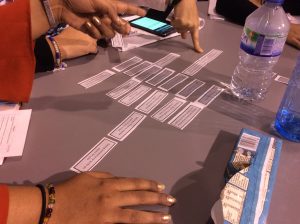
Plagiarism workshop resources
Download some resources for a plagiarism workshop from here.

Epistemology
Methodology and methods are only part of the story of choosing a research framework. The way you go about collecting and interpreting data is strongly influenced by how you interpret knowledge and truth. This is about the epistemology. In simple terms, epistemology is the theory of knowledge and deals with how knowledge is gathered and from which sources. In research terms your view of the world and of knowledge strongly influences your interpretation of data and therefore your philosophical standpoint should be made clear from the beginning.
Sarah Pink: Doing Sensory Ethnography
Pink's understanding of ethnography is broader than that of a study relating to the culture or society of humans. Really, ethnography in Pink's view is a phenomenological study of life world and in the book she offers ways of accessing this life world through a range of channels. Pink suggests including the human senses at all levels of research. This book offers great justification for a less conventional approach to research; an approach where openness to what happens is paramount.
